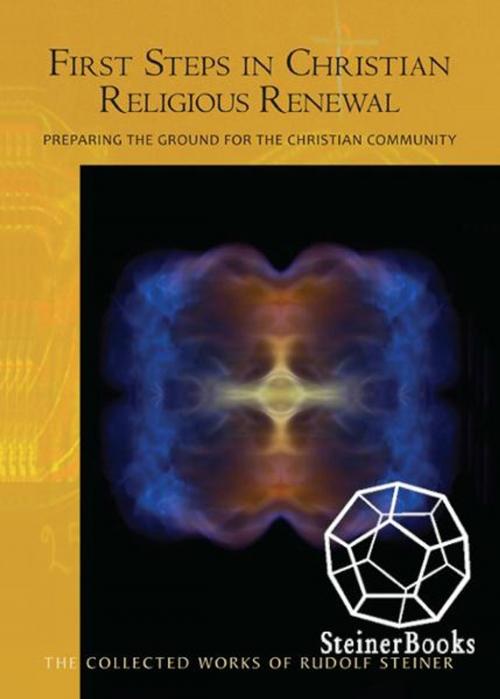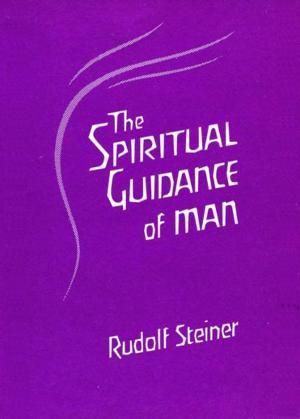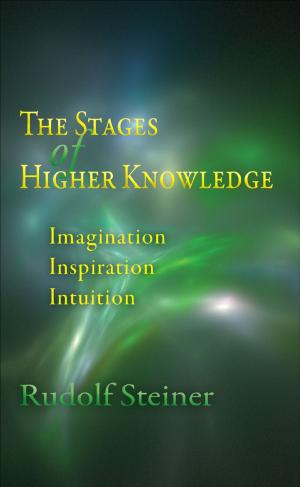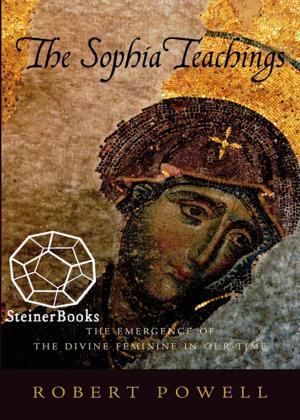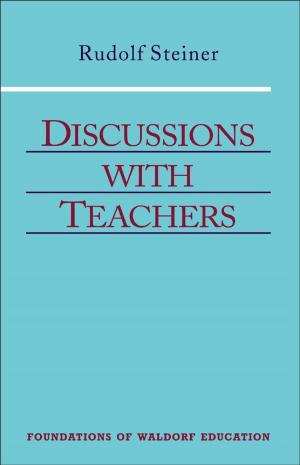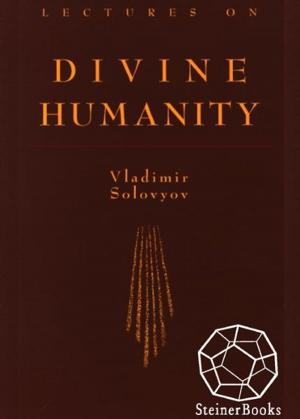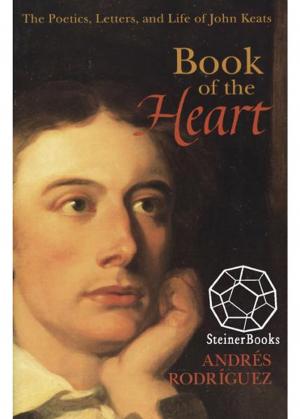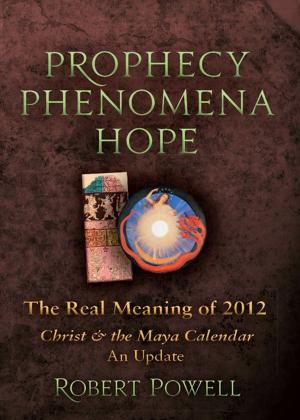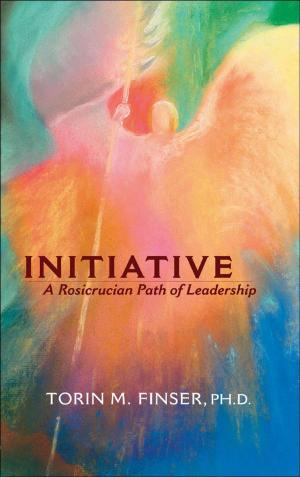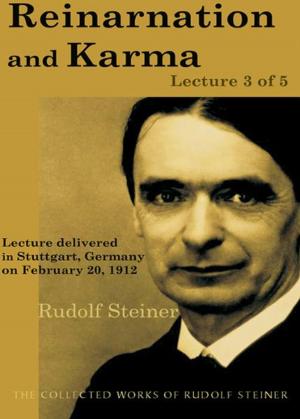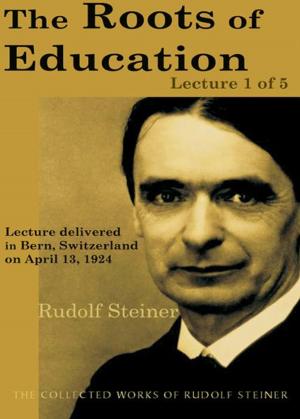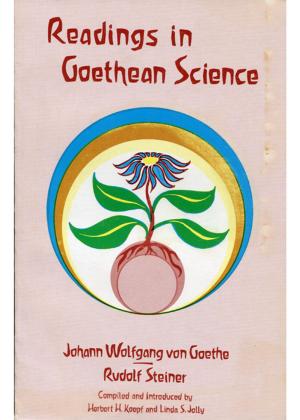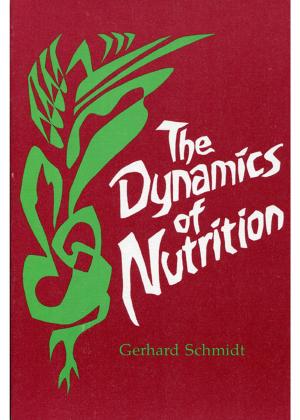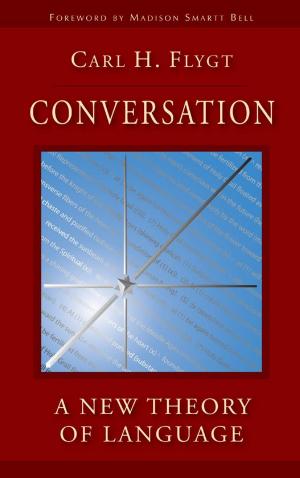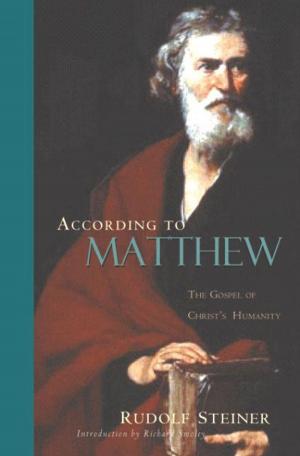First Steps in Christian Religious Renewal: Preparing the Ground for The Christian Community
Nonfiction, Religion & Spirituality, Theology| Author: | Rudolf Steiner, Christopher Bamford | ISBN: | 9781621510222 |
| Publisher: | Steinerbooks | Publication: | August 1, 2012 |
| Imprint: | SteinerBooks, Collected Works | Language: | English |
| Author: | Rudolf Steiner, Christopher Bamford |
| ISBN: | 9781621510222 |
| Publisher: | Steinerbooks |
| Publication: | August 1, 2012 |
| Imprint: | SteinerBooks, Collected Works |
| Language: | English |
The lectures and discussions presented in First Steps in Christian Religious Renewal make up the first of the five "Priest Courses." They record the first steps of the remarkable journey taken in 1921 by a small group of dedicated souls who, out of their own inner needs and guided by Rudolf Steiner, sought a path to Christian religious renewal. Addressing the group with warm intimacy, Steiner frames their task not primarily in theological terms, but as a need for a renewing the religious, or the working of the religious element as such. For this, the sermon (or how we speak) is central, for today we must use language in new ways. We cannot reopen the spiritual worlds by starting from old conditions. Traditional religious life has become too corrupted, while modern culture has radically changed and become divorced from tradition. In earlier times, people could understand concepts such as Christ, grace, and salvation, but now we need a new starting point, one that begins with the reality that we cannot teach anything we do not believe and have not experienced. When we speak, images and symbols must be experienced as real; we can no longer hold the split view that accepts both modern science as it is and spiritual reality as it is. Next, Steiner turns to the groups stated concerns: ritual, the sermon, community building, and the relationship between these and individual efforts to awaken to the I. Here, a question arises about the extent to which such matters should become conscious. The question arises: How do we avoid conscious religious content from becoming abstract, intellectual, and cut off from feeling? All too often, intellect is confused with consciousness. Yet Goethe, for one, was certainly conscious and was able to think pictorially and live in images without falling into intellectuality. We, too, must learn to do so. In a sense, however, even this is secondary. Community building, which requires finding what lives and weaves between human beings, is the key. To bring the community to birth, Steiner advises the group to abandon teaching or exercising power through words and concepts. Instead of focusing on knowledge of God (theology), they must find a way to communicate actual life in Godexperience of the divine within the soul. This means that they must learn to live in a content that is greater and beyond what they can speak. Thus, the importance of ritual, which must remain simple while expressing inner transformation of the human being, or the en-Christing, imbuing the human being with Christ. Steiner explains, Human beings are not born imbued with Christ beforehand by way of inheritance; they must find the Christ in themselves. Such transformation, en-Christing, can be expressed symbolically in many ways through simple, effective, ritual.
The lectures and discussions presented in First Steps in Christian Religious Renewal make up the first of the five "Priest Courses." They record the first steps of the remarkable journey taken in 1921 by a small group of dedicated souls who, out of their own inner needs and guided by Rudolf Steiner, sought a path to Christian religious renewal. Addressing the group with warm intimacy, Steiner frames their task not primarily in theological terms, but as a need for a renewing the religious, or the working of the religious element as such. For this, the sermon (or how we speak) is central, for today we must use language in new ways. We cannot reopen the spiritual worlds by starting from old conditions. Traditional religious life has become too corrupted, while modern culture has radically changed and become divorced from tradition. In earlier times, people could understand concepts such as Christ, grace, and salvation, but now we need a new starting point, one that begins with the reality that we cannot teach anything we do not believe and have not experienced. When we speak, images and symbols must be experienced as real; we can no longer hold the split view that accepts both modern science as it is and spiritual reality as it is. Next, Steiner turns to the groups stated concerns: ritual, the sermon, community building, and the relationship between these and individual efforts to awaken to the I. Here, a question arises about the extent to which such matters should become conscious. The question arises: How do we avoid conscious religious content from becoming abstract, intellectual, and cut off from feeling? All too often, intellect is confused with consciousness. Yet Goethe, for one, was certainly conscious and was able to think pictorially and live in images without falling into intellectuality. We, too, must learn to do so. In a sense, however, even this is secondary. Community building, which requires finding what lives and weaves between human beings, is the key. To bring the community to birth, Steiner advises the group to abandon teaching or exercising power through words and concepts. Instead of focusing on knowledge of God (theology), they must find a way to communicate actual life in Godexperience of the divine within the soul. This means that they must learn to live in a content that is greater and beyond what they can speak. Thus, the importance of ritual, which must remain simple while expressing inner transformation of the human being, or the en-Christing, imbuing the human being with Christ. Steiner explains, Human beings are not born imbued with Christ beforehand by way of inheritance; they must find the Christ in themselves. Such transformation, en-Christing, can be expressed symbolically in many ways through simple, effective, ritual.
